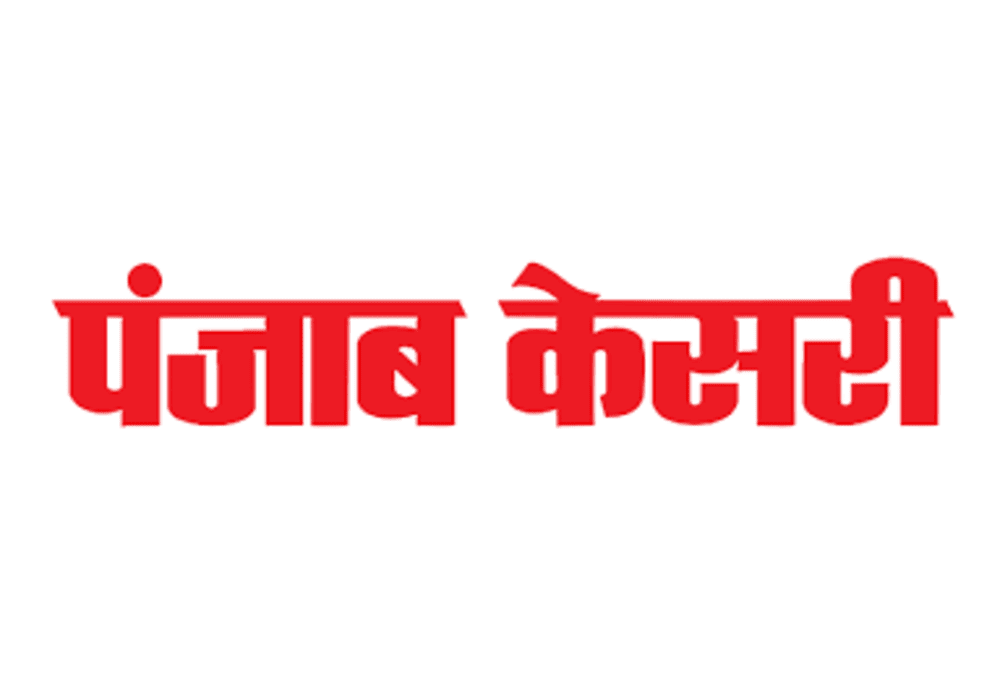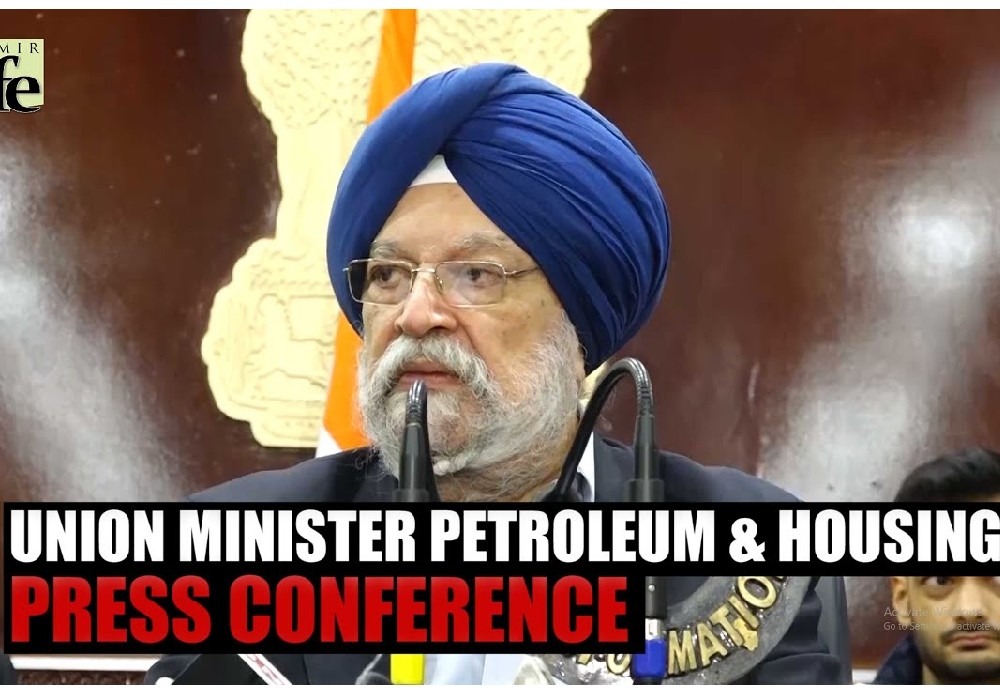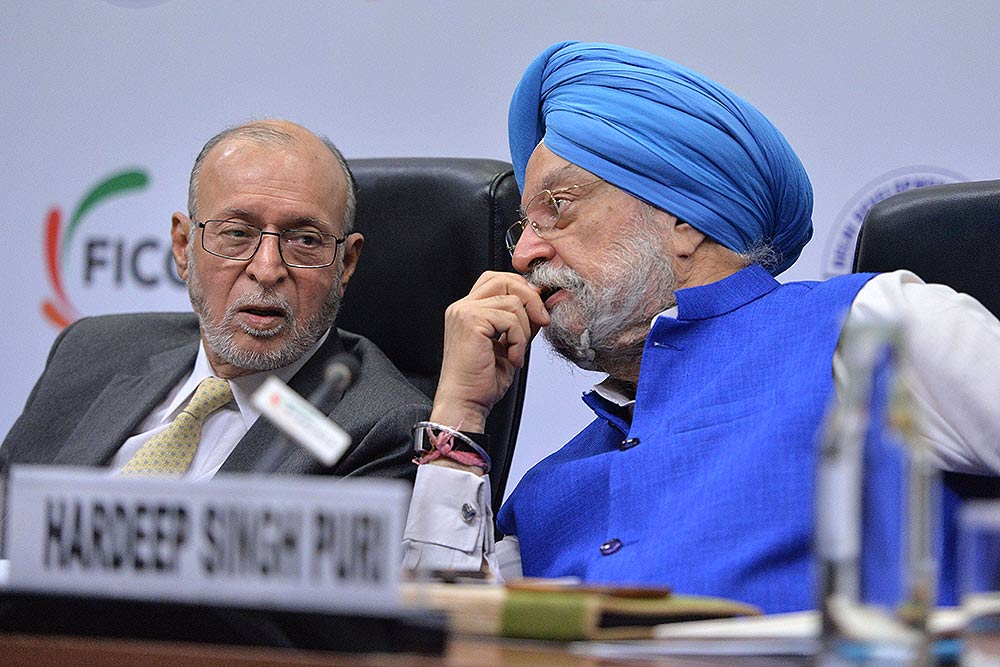The Union government is working on a new strategy to overhaul its media and public outreach, with a group of ministers (GoM) comprising nine Union ministers recommending a focus on 10 key areas as well as detailing ways in which criticism can be addressed and positive messaging can be spread wider.
The recommendations, part of a report accessed by HT, were made after extensive sittings by the GoM to discuss “Government Communication” and include evolving a multipronged strategy to amplify messages through media engagement, outreach programmes at the level of states and districts, and working with influencers.
The suggestions also include developing Prasar Bharati News Service as a key news agency of the country and developing DD International along the lines of “best international public broadcasters”.
“The deliberations of the GoM focused on evolving multipronged strategy to take these 10 big narratives to the people by various means including direct connect by elected representatives and state and district level representatives, engaging with media houses and academia at national and international level, utilising all types of media, feeding them with positive stories and testimonials, developing institutional mechanisms for structured engagements, developing DD International on lines of best international public broadcasters and strengthening a resource pool of domain experts,” the report said.
Two officials aware of the discussions confirmed the deliberations, while asking not to be named.
“The GoM was formed to streamline communication strategy a few months ago. We felt that there was a need to assess how we could reach out in a more effective manner. Various ministers were part of it to remove gaps in government communication. During Covid, small media outlets found it difficult to collect information and get videos. We figured out we needed to share videos [too],” said one of these people.
“This process has been underway for some time now,” the second official added.
The group has met six times since June 14 and its recommendations will now be sent to the Cabinet secretariat.
The 10 core narratives include projecting India’s soft power, the country’s standing in the international community and marquee government initiatives such as Aatmanirbhar Bharat and Digital India.
The recommendations also appeared to focus on social media discourse, saying there is a need to constantly track “negative influencers”, and to engage with “positive influencers” to put the “government’s view point in the right perspective.”
The GoM also proposed to identify journalists who have lost their jobs recently who are “supportive of the government or are neutral”, so that their services could be utilised by various ministries.
The GoM includes Cabinet ministers Ravi Shankar Prasad, Smriti Irani, Prakash Javadekar, S Jaishankar, Mukhtar Abbas Naqvi, and Union ministers Kiren Rijiju, Hardeep Singh Puri, Anurag Thakur and Babul Supriyo.
The group has made its first presentation to the Prime Minister, who guided the GoM with his insights and gave vital inputs, the report noted.
A group of secretaries has also been formed to monitor each of the key areas mentioned under the 10 core narratives.
The recommendations also spoke of previous efforts to ensure digital media reporting “is not biased”.
“Steps have been taken to ensure that the news reporting on digital media is not biased primarily due to its foreign investment component. It has been decided to cap the foreign investment to 26% and the process to implement the same is under way,” the report said.
During discussions, which was also included in the report, concerns were raised over foreign media coverage with one member suggesting there be curbs on interacting with foreign journalists.
The report concluded that international outreach is an important component in putting government’s stand properly in an international forum and opted for the opposite. “Regular interaction with foreign media journalists would help disseminate correct information and perspective of the government, especially on sensitive issues,” it added.
The report added that there should be local level outreach, for which volunteers of National Service Scheme (NSS), National Cadet Corps, National Youth Corps (NYK) and party leaders be involved.
The GoM suggested that every ministry should identify two major public outreach programs in a year along with one day of pre-event publicity and one day of post-event coverage.
“This way, for around 300 days in a year, there will be coverage of one or the other government program,” the report said.
The GoM recommendations also called for a new communication wing and to establish a strong ‘Fact Check Unit’ to more effectively use the social media for targeted communication. The group has also suggested a research unit to collate all information in proper format for easy and timely retrieval.
“Based on the agreed/approved action points, the timelines for each one will be drawn and then these will be implemented. A review and monitoring mechanism also needs to be put in place. Either the same GoM can be entrusted with the responsibility to review and monitor the progress on a quarterly basis or a separate mechanism in the cabinet secretariat can be established,” it added.
The ministry of information and broadcasting has sought inputs from the group of secretaries on the action plan to implement the above recommendations. A communication regarding this was sent on Thursday. HT has reviewed a copy.
“There is nothing wrong in the government planning better media outreach. Any entity whether public or private is entitled to do so. However it is a little disconcerting that people might get influenced to be more pro-government to gain favours now that they know they will be tracked,” said Pradyuman Maheshwari, editor-in-chief and founder of MxMIndia, a media and advertising analytics firm.

देश में एक करोड़ यात्री प्रतिदिन कर रहे हैं मेट्रो की सवारी: पुरी ..

Union Minister for Petroleum and Natural Gas and Housing and Urban Affairs, Hardeep Singh Puri addressing a press conference in ..

Joint Press Conference by Shri Hardeep Singh Puri & Dr Sudhanshu Trivedi at BJP HQ| LIVE | ISM MEDIA ..
(3).jpg)
"I wish a speedy recovery to former Prime Minister Dr Manmohan Singh Ji. God grant him good health," Puri wrote. ..